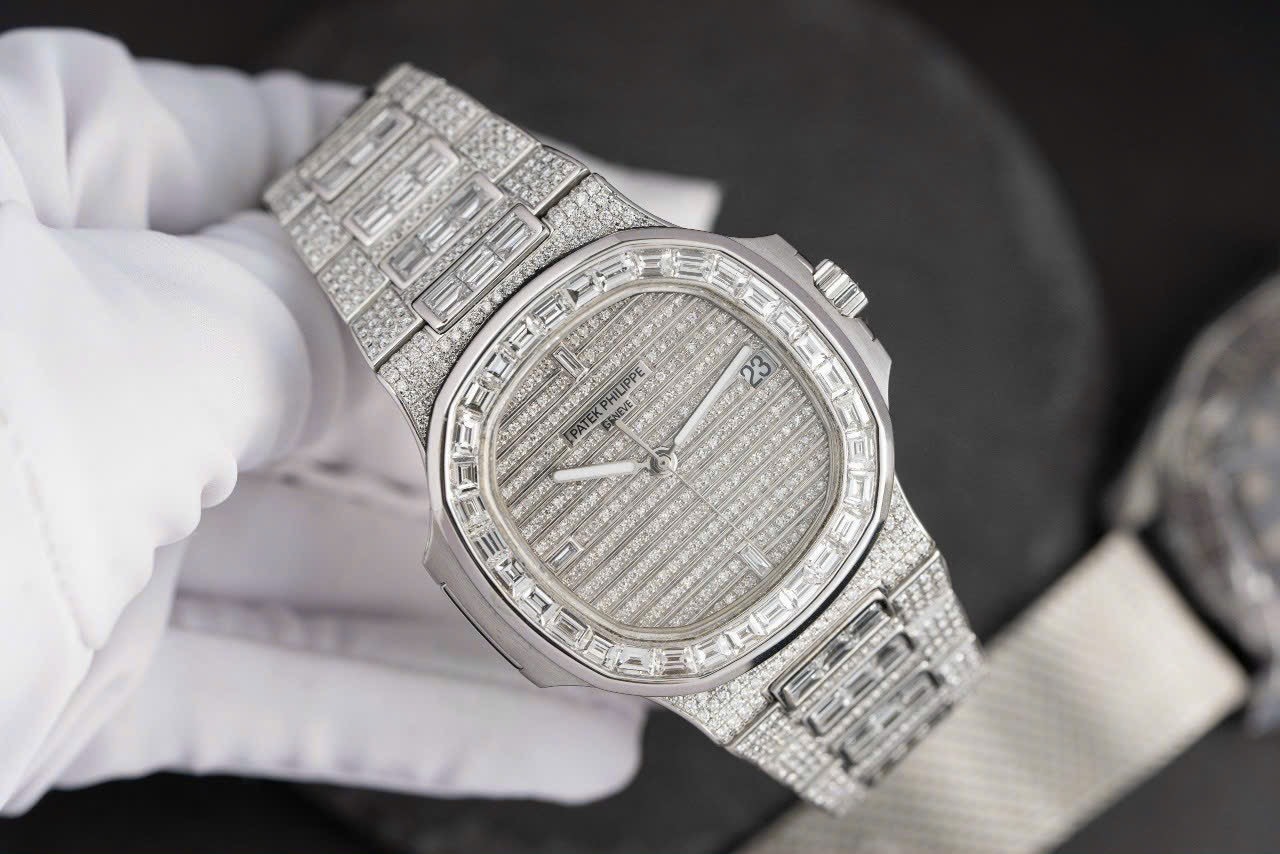In a world where luxury is often seen as a symbol of success, high-end watches from brands like Rolex, Omega, and Patek Philippe have become more than just timekeeping devices—they’re statements of style, wealth, and status Swiss Made Replica Watches. However, not everyone can afford the hefty price tags that come with these prestigious names. Enter clone replica watches, a controversial yet booming industry that caters to the demand for luxury at a fraction of the cost.
What Are Clone Replica Watches?
Clone replica watches are high-quality imitations of luxury timepieces. Unlike cheap knockoffs, clones are designed to closely mimic the original models—often using similar materials, precise movements, and attention to detail. Some high-end replicas are even assembled using genuine Swiss parts, making them nearly indistinguishable from the real deal to the untrained eye.
These watches are not just aesthetic copies. The term “clone” implies a level of sophistication—replicas that not only look like the original but also function similarly. This includes automatic movements, sapphire crystal, and even engraved serial numbers.
Why People Buy Clone Watches
-
Affordability: A genuine Rolex can cost thousands—or even tens of thousands—of dollars. A clone replica can deliver a nearly identical look for under a few hundred.
-
Aesthetic Appeal: For many, the appeal lies in the design rather than the brand. Clone watches offer the same visual appeal without the financial strain.
-
Testing the Waters: Some buyers use replicas to try out the style of a luxury watch before committing to a real one.
-
Social Influence: In social circles where appearance matters, a luxury-looking watch can carry weight—even if it’s not authentic.
The Ethical and Legal Gray Area
While owning a replica watch isn’t illegal in many countries, producing and selling them is often a violation of intellectual property laws. Luxury brands spend millions on design, marketing, and quality control. Clone manufacturers, on the other hand, profit by copying those efforts without permission.
Moreover, there’s the ethical question: is wearing a replica an act of self-expression, or is it deceitful? Some argue that it’s simply a way to enjoy luxury aesthetics. Others see it as dishonest, especially if one presents a clone watch as authentic.
Risks and Realities
Clone watches might look the part, but they rarely offer the same quality or durability as genuine luxury timepieces. Water resistance, long-term performance, and after-sales service are often lacking. There’s also the risk of being embarrassed if the watch is identified as fake in a professional or social setting.
Additionally, the replica industry is sometimes linked with unethical labor practices and organized crime networks, which adds another layer of complexity to the issue.
Final Thoughts
Clone replica watches walk a fine line between admiration and imitation. For some, they are an affordable way to enjoy the elegance of luxury design. For others, they represent a compromise of authenticity and craftsmanship. Whether seen as a smart style hack or a controversial choice, one thing is clear: clone watches reflect our society’s fascination with status symbols and the lengths we go to obtain them—real or replicated.
